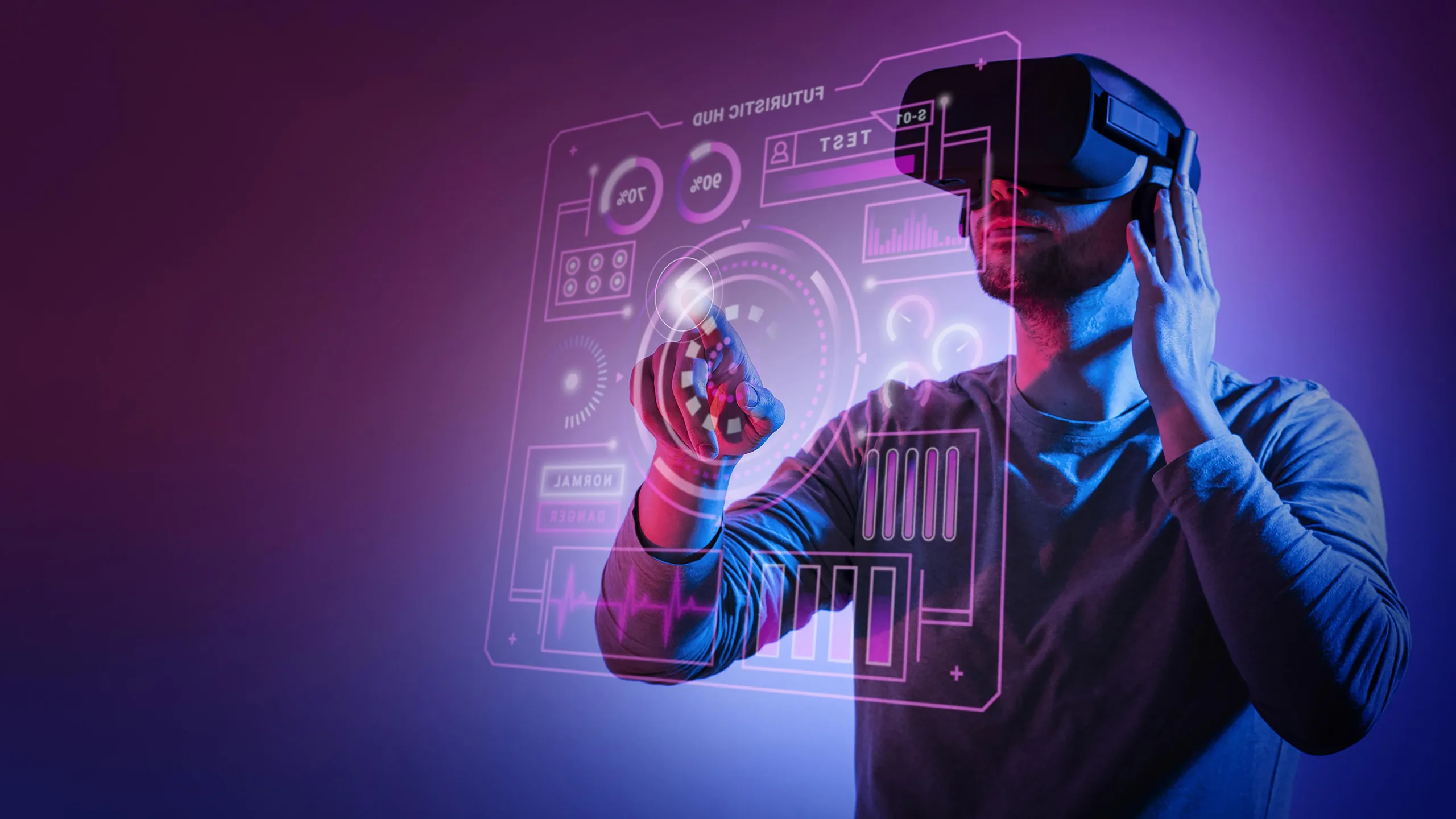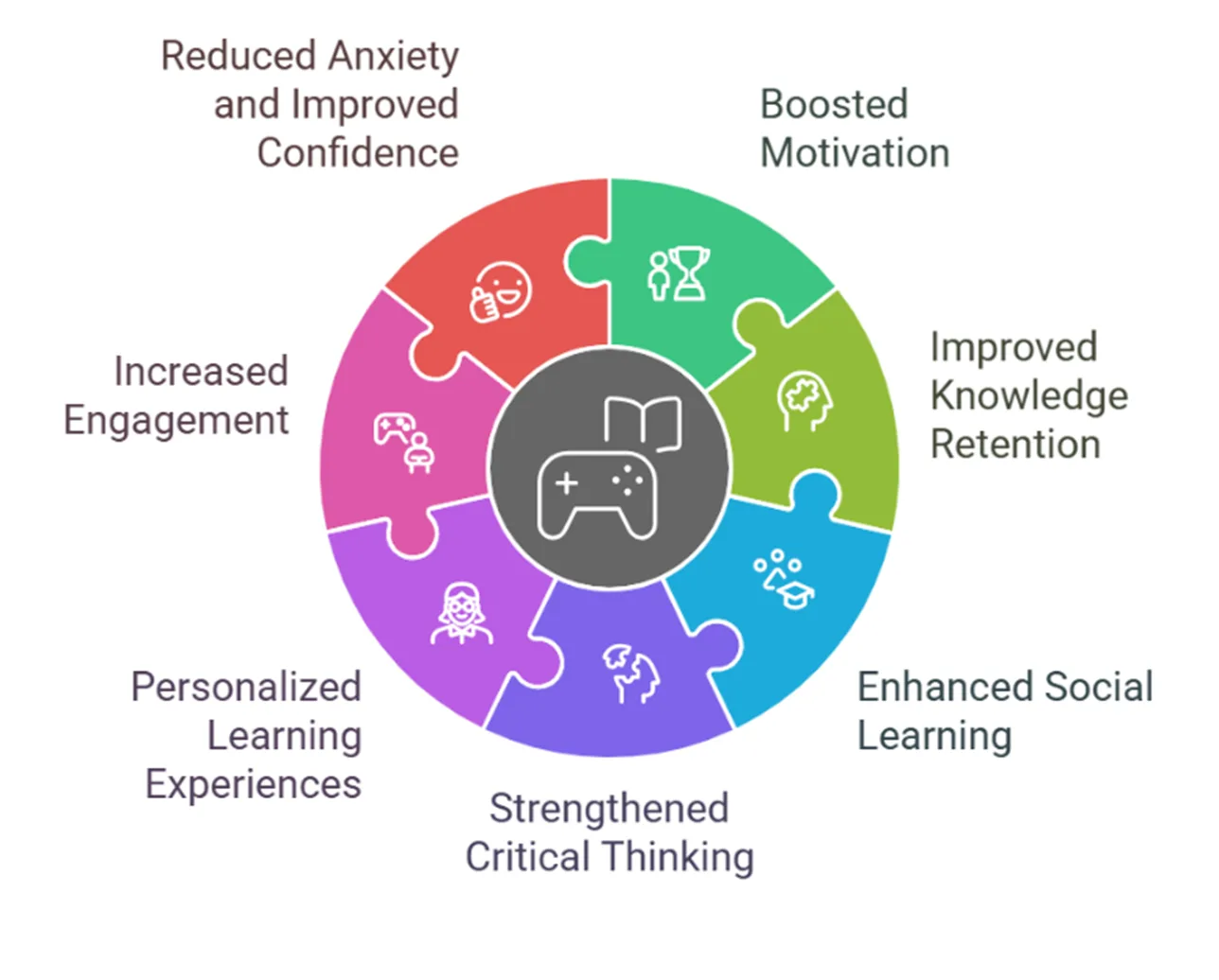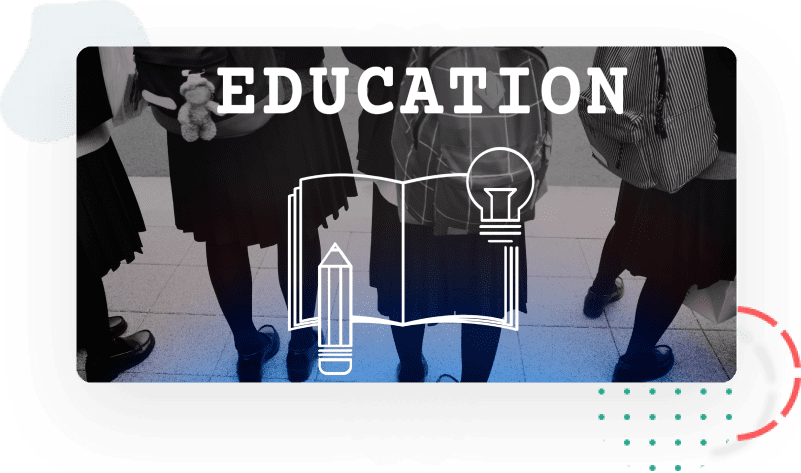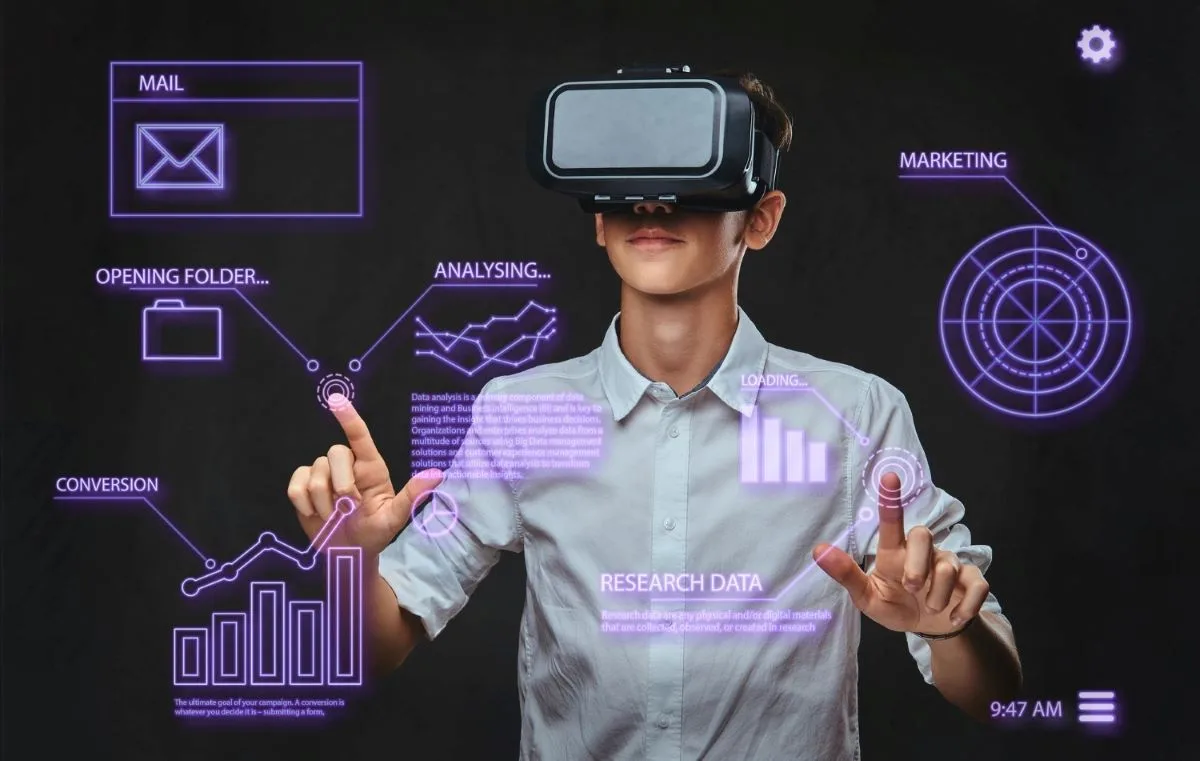Introduction
As education evolves in the digital age, traditional teaching approaches are being enhanced to make learning more engaging and effective. One powerful method gaining traction is gamification in education, a strategy that incorporates game-like elements into academic settings to foster motivation, participation, and knowledge retention.Gamification has become a significant trend in modern education, with teachers integrating game mechanics into learning experiences to capture students’ interest, improve focus, and drive active participation. This blog delves into gamification, its advantages, challenges, implementation strategies, and emerging trends shaping the future of education.
What is Gamification in Education?
Gamification applies gaming principles to non-game scenarios, such as learning environments. In education, it involves using mechanics like points, levels, badges, challenges, and rewards to encourage students to engage with the curriculum in an enjoyable and interactive manner.

Essential Elements of Gamification in Education
1. Points and Badges: Recognizing student progress fosters motivation and a sense of accomplishment.
2. Levels and Progression: Structured advancement provides clear learning milestones, keeping students engaged.
3. Challenges and Quests: Problem-solving tasks presented as challenges make learning more dynamic.
4. Leaderboards and Teams: Competitive and collaborative elements enhance participation and teamwork.
5. Storytelling and Narrative: Adding a storyline enriches the learning experience, making content more immersive.
6. Instant Feedback: Immediate responses to student actions help reinforce learning and address mistakes promptly.
7. Adaptive Learning Paths: Gamified learning systems can adjust the difficulty level based on student performance.
Advantages of Gamification in Education

1. Boosted Motivation
By making lessons more interactive, gamification encourages students to actively engage with the content, increasing motivation and performance. The rewards system offers incentives for effort, driving students to complete tasks more diligently.
2. Improved Knowledge Retention
Hands-on activities, gamified quizzes, and simulations reinforce learning by allowing students to apply concepts in a practical setting. Studies have shown that gamified learning increases knowledge retention by up to 90% compared to traditional methods.
3. Enhanced Social Learning
Gamified platforms foster collaboration, enabling students to engage with peers, share ideas, and develop teamwork skills. Multiplayer challenges or cooperative problem-solving activities build communication and social interaction abilities.
4. Strengthened Critical Thinking
Gamification cultivates problem solving and decision making abilities through interactive tasks and puzzles. These experiences push students to develop strategies, manage resources, and think creatively to overcome challenges.
5. Personalized Learning Experiences
Adaptive gamification adjusts learning paths based on student progress, catering to individual needs and learning speeds. This ensures that students receive customized instruction, preventing frustration or boredom.
6. Increased Engagement
By introducing elements of exploration, competition, and storytelling, gamification sustains students’ interest and involvement throughout their learning journey. Engaging graphics, animations, and interactive challenges keep learners focused and invested in the material.
7. Reduced Anxiety and Improved Confidence
Traditional assessments can be intimidating for students. Gamified quizzes and challenges give a stress-free way for learners to prove their understanding, encouraging a growth mindset where mistakes are part of learning rather than failures.
How Technology is Enhancing Gamified Learning?
1.Augmented and Virtual Reality (AR & VR)
Immersive experiences like virtual field trips and interactive 3D models provide students with hands-on learning opportunities. AR and VR enable students to conduct virtual science experiments, explore historical landmarks, or interact with molecular structures.
2.Artificial Intelligence (AI) and Machine Learning (ML)
AI-driven learning platforms analyze student data to personalize content, refining educational outcomes. Smart AI tutors can guide students through game-based lessons, offering real-time corrections and suggestions.
3.Gamified Learning Management Systems (LMS)
Modern LMS platforms integrate gamification elements like leaderboards and rewards, making learning more engaging. Schools and institutions are increasingly adopting these platforms to track progress and provide interactive coursework.
4.Mobile Gamification
With the rise of mobile learning, educational apps with gamified features allow students to access interactive lessons anytime, anywhere. Platforms like Duolingo and Quizlet use game mechanics to enhance learning and retention.
5.Blockchain for Digital Credentials
Blockchain ensures the security of digital certificates and achievements, providing verifiable proof of skills and accomplishments. This can help students build a digital portfolio of their learning milestones that potential employers or institutions can confirm.
6.Adaptive Learning Algorithms
Smart algorithms adjust the difficulty and pace of educational content based on students’ progress, promoting personalized learning. This ensures students receive challenges right for their skill level, keeping them engaged without frustration.
Future Trends in Gamified Learning

As technology continues to advance, gamification in education is expected to become even more impactful. Here are some upcoming trends:
1.Expansion Beyond Academic Institutions
Gamification is increasingly being used for corporate training and skill development, making learning engaging in professional environments. Businesses are implementing game-based training modules to improve employee retention and performance.
2.Hybrid Learning Models
Blended learning approaches will incorporate gamification to provide an integrated online and offline educational experience. This model allows for greater flexibility and engagement, combining traditional methods with digital interactivity.
3.Wearable Technology
Devices such as VR headsets and smartwatches will further enhance immersive learning and real-time feedback. Smart glasses could soon allow students to interact with 3D models directly from their environment.
4.Data-Driven Customization
AI-powered analytics will enable educators to design gamified learning experiences tailored to individual students’ needs. Predictive analytics will help identify struggling students early and provide personalized interventions.
5.Global Collaborative Learning
Gamified platforms will facilitate international student collaboration, promoting global knowledge exchange and teamwork. Students from different countries will be able to compete or work together on game-based educational challenges.
6.Sustainability-Focused Learning
Educational games will address pressing issues like climate change and resource conservation, encouraging students to think critically about global challenges. Gamification will introduce real-world problem-solving through interactive scenarios and missions.
7.AI-Powered Virtual Tutors
Intelligent tutors will offer real-time guidance, helping students navigate gamified learning environments with instant feedback and support. AI assistants will adapt to each student’s learning style, providing targeted support and motivation.
Conclusion
Gamification has transformed education by making learning more interactive, personalized, and engaging. Through AI-driven analytics, AR/VR experiences, and adaptive learning techniques, gamification continues to evolve, providing students with more effective ways to acquire knowledge.As innovative technologies emerge, the future of education will likely integrate even more gamified elements, enhancing engagement and fostering a passion for lifelong learning. By strategically implementing gamification, educators can create an exciting learning environment that encourages curiosity, innovation, and mastery.




